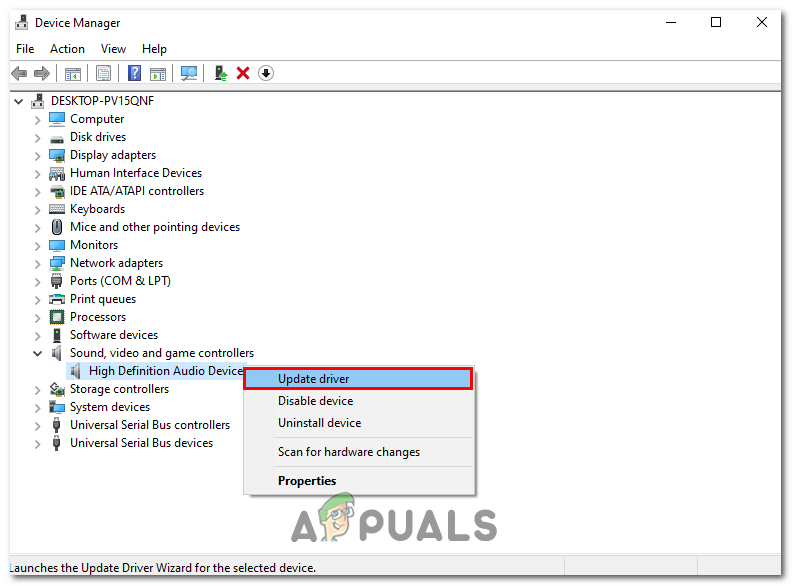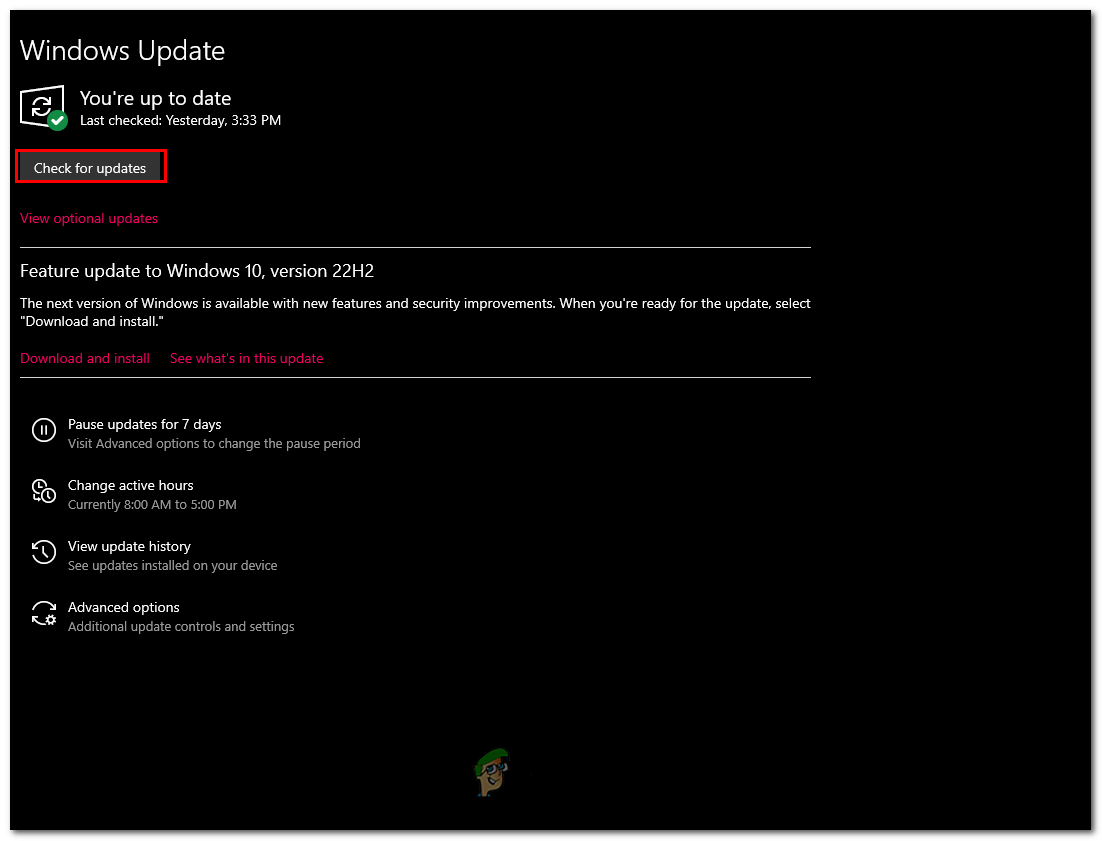Voice Sounds Like Robot In Xbox Game Bar? Here’s How to Fix
The voice sounding like a robot in the Xbox Game Bar is caused due to ill configured sound sample rate, this could also be caused if in the settings an incorrect output device is selected. In the most extreme scenario, this issue could be due to a problem with the microphone.

An Outdated set of audio drivers could also be the reason you’re facing such an error, Before moving on to more advanced troubleshooting techniques, follow these pre-requisites:
- Check the wires of your microphone, speaker or any other audio device.
- Using a tester, Check if there is an electricity leakage. If found, take your computer to the nearest computer expert.
- Interference from nearby devices can also cause such problems, therefore try changing the location of your computer.
Static discharge can potentially affect the sound on a computer if it causes damage to the computer’s internal components, such as the sound card. For example, if you touch the metal components inside your computer case without grounding yourself first, you could discharge static electricity into those components, potentially damaging them. This could cause issues with the sound on your computer or other components.
If you’re a hundred per cent sure that the problem lies within the windows or the software, here are the troubleshooting techniques you should use to troubleshoot the voice sounding like a robot in Xbox Game Bar.
1. Configure sound sample rate
If the sample rate is set too high, it can cause distortion and other artefacts in the sound, resulting in a robotic or metallic sound that is difficult to listen to.
A high sample rate can also cause audio dropouts or latency, which is a delay between the time the sound is played and the time it is heard.
To ensure the best audio quality and avoid any issues, it is important to configure the sound sample rate correctly based on your audio device’s capabilities.
Here’s how you can configure the sound sample rate:
- Open the Control Panel.
- Navigate to Hardware and sound > Sound > Recording
- Double-tap on your Microphone. It’ll open the properties.

Opening the Microphone properties via the control panel - Head over to the Advanced tab.
- Under the Default Format heading, Click on the Drop-down menu to open it.
- Select the 2-channel, 16-bit 48000 Hz option or try different options to discover which one works the best for you.

Configuring the sound sample rate in the sound control panel
2. Update sound drivers
Outdated sound drivers can cause you to face poor sound quality, performance issues, sound interruptions or a loss of sound output/input. In order to avoid these issues, it is recommended to keep your sound drivers up-to-date by regularly checking for updates from the manufacturer’s website or using Windows Device Manager to update them automatically. This can help ensure optimal performance and audio quality on your device. Here’s how you can keep your sound drivers up-to-date:
2.1 Update the sound drivers via the device manager
To update sound drivers via the Device Manager in Windows, you can follow these steps:
- Open the Start menu and search for “Device Manager.”
- In the Device Manager window, expand the “Sound, video and game controllers” category by clicking on the arrow next to it.
- Right-click on the sound device you want to update and select “Update driver” from the context menu.

Clicking the Update driver button in the context menu of the device manager - In the Update Driver window, select “Search automatically for updates”

Click on the Search automatically for driver button in the update window - Windows will then search for the latest driver software and install it automatically. If a new driver is found, it will be downloaded and installed.
- Once the installation is complete, restart your computer if prompted.
If Windows is unable to find a new driver, you can also try downloading the latest driver from the manufacturer’s website and installing it manually.
3. Update Windows
Microsoft Windows comes out with new updates every now and then that resolve the issues discovered in the previous version. It is possible that the issue you’re facing is already fixed in a newer build of the version. Therefore, it is considered good practice to keep your windows up-to-date in order to face the least amount of errors. Here’s how you can update Windows to the latest version:
- Press the Windows + Q keys simultaneously to open the start menu and search “Check for updates”.
- Click on the “Check for updates” button and wait for a while.

Clicking on the Check for updates button in the windows settings - Install if any updates are available. Restart if prompted.





